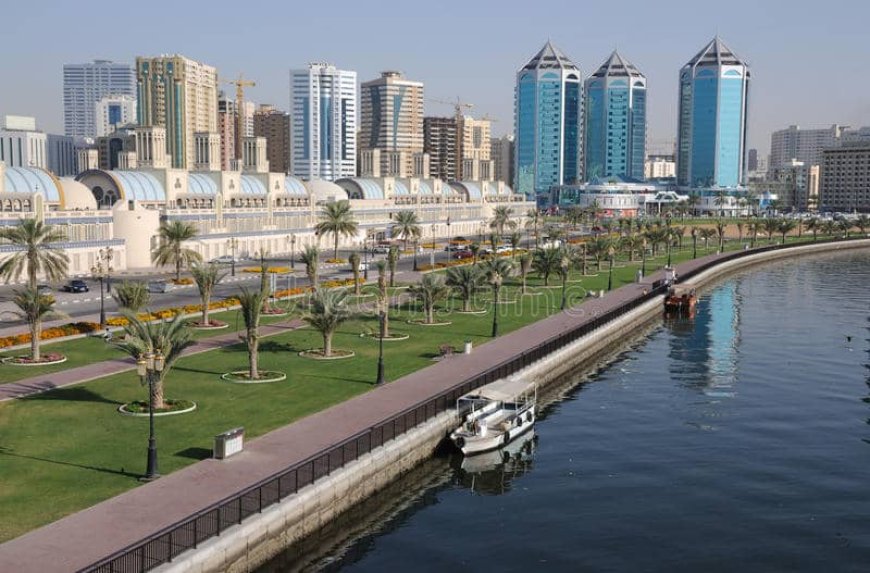Dubai and Sharjah See Sharp Rent Increases in Mid-Market Housing Segment
The sharp rent increases in Dubai and Sharjah’s mid-market housing sectors highlight the dynamic nature of the real estate market in the UAE. As both cities continue to develop and attract new residents, the pressure on mid-market housing is likely to persist, potentially leading to further rent increases.

The mid-market housing sector in Dubai and Sharjah has experienced significant rent increases, reflecting the ongoing demand and economic dynamics in the region. Both cities have seen notable shifts in their real estate markets, particularly in the mid-range segment, which caters to a broad population including professionals, families, and expatriates.
Dubai’s Mid-Market Surge
Dubai, known for its luxury properties, has witnessed a sharp rise in rents for mid-market homes. This increase can be attributed to several factors, including a strong post-pandemic recovery, growing demand from expatriates, and a steady influx of professionals drawn to the city’s economic opportunities.
The increased demand for affordable housing has put upward pressure on rents, making it more challenging for tenants to find reasonably priced homes in sought-after areas.
Areas such as Jumeirah Village Circle, Al Nahda, and Dubai Silicon Oasis have reported significant rent hikes, driven by their popularity among middle-income residents who seek quality housing at competitive prices.
The surge in demand is not only due to local factors but also influenced by the city’s international appeal as a business and tourism hub.
Sharjah’s Real Estate Dynamics
Similarly, Sharjah has experienced rent increases in its mid-market housing sector. Traditionally more affordable than Dubai, Sharjah has become an attractive alternative for those looking to live within commuting distance of Dubai while benefiting from lower living costs. However, the recent uptick in demand has led to higher rents, particularly in popular residential areas like Al Nahda, Al Khan, and Al Majaz.
The growth of Sharjah’s infrastructure, coupled with enhanced connectivity to Dubai through major highways and public transport, has made it a preferred choice for many. This has resulted in increased competition for mid-market housing, pushing rents upward.
Factors Behind the Increases
Several factors have contributed to the rent increases in both Dubai and Sharjah:
Economic Recovery: As the UAE economy continues to recover post-pandemic, more people are moving to Dubai and Sharjah for work, boosting demand for housing.
Increased Expatriate Population: The growing number of expatriates, particularly those seeking employment in the UAE, has intensified the demand for mid-market homes.
Limited Supply: While demand has surged, the supply of new mid-market housing has not kept pace, leading to higher rents.
Quality of Life: Both cities have invested in improving the quality of life, including better infrastructure, amenities, and public services, which has made them more attractive to residents.
The sharp rent increases in Dubai and Sharjah’s mid-market housing sectors highlight the dynamic nature of the real estate market in the UAE. As both cities continue to develop and attract new residents, the pressure on mid-market housing is likely to persist, potentially leading to further rent increases.
For tenants, this means that finding affordable housing in these rapidly growing cities may become increasingly challenging, while property owners stand to benefit from the rising demand.

